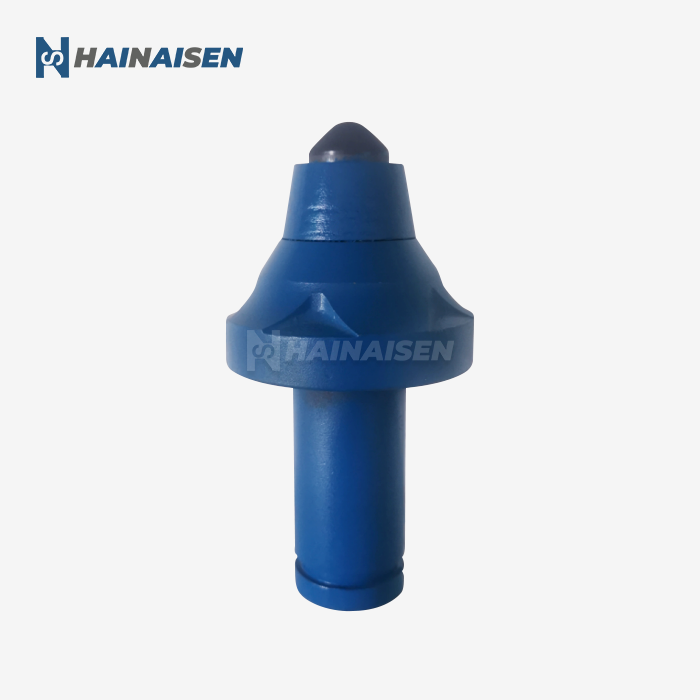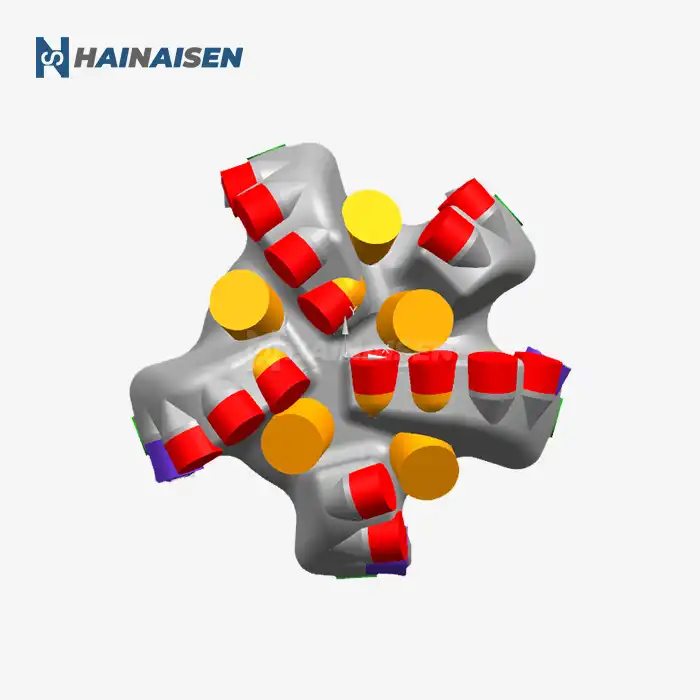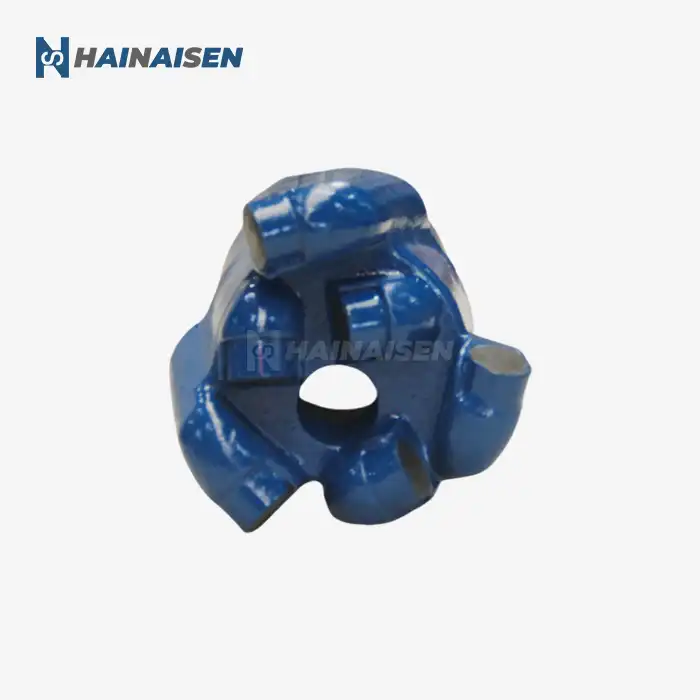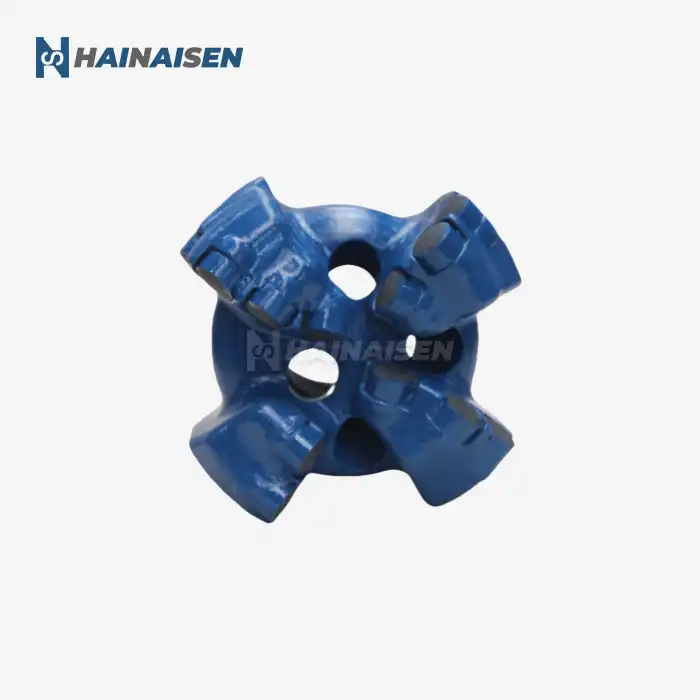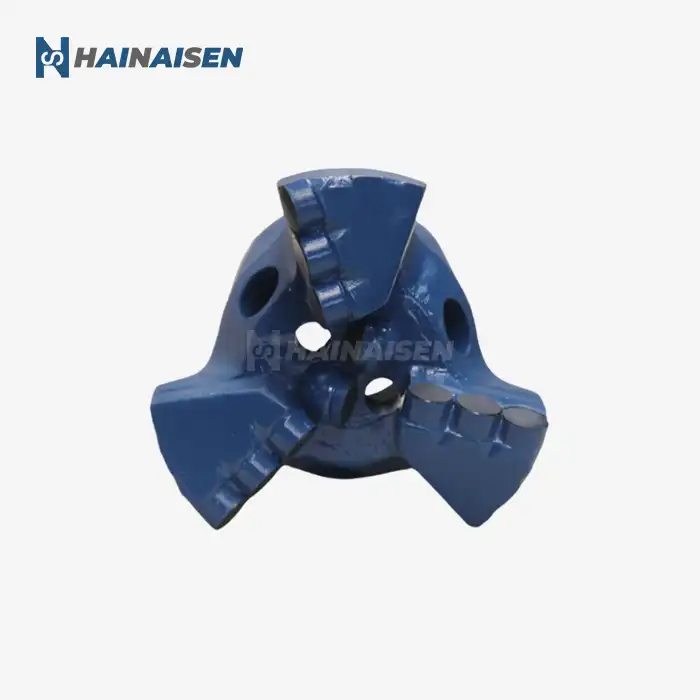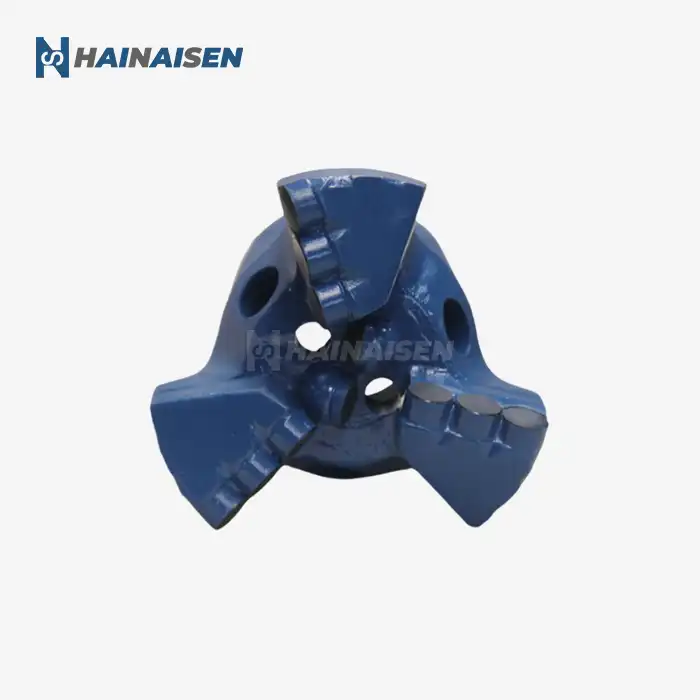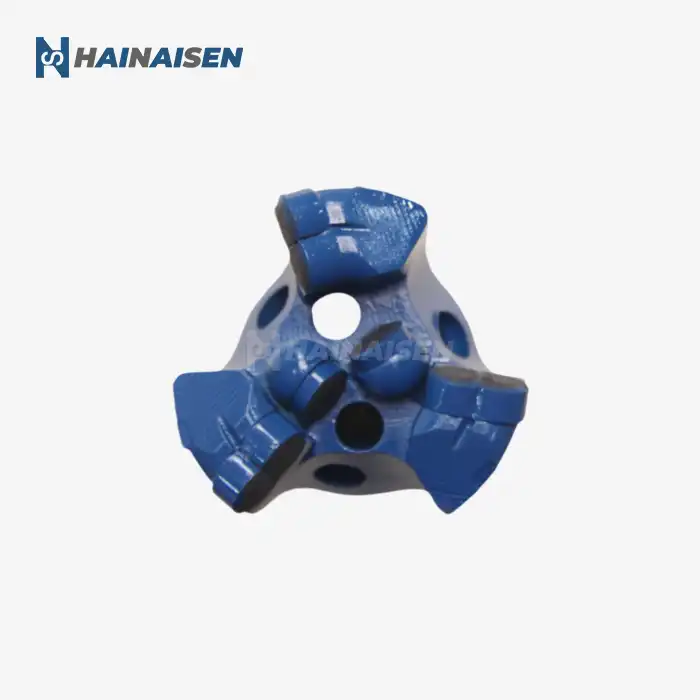High-strength alloys: The backbone of drill bit durability
The durability of steel scraper drill bits is largely attributed to the high-strength alloys used in their production. These alloys are specifically engineered to provide exceptional wear resistance, toughness, and strength under extreme drilling conditions. Some of the key alloys used include:
AISI 4340 Steel
This nickel-chromium-molybdenum alloy steel is renowned for its excellent combination of strength and toughness. It's often used in the body of the drill bit due to its ability to withstand high stress and resist fatigue.
D2 Tool Steel
Known for its high wear resistance and compressive strength, D2 tool steel is frequently employed in the cutting elements of scraper drill bits. Its high carbon and chromium content contribute to its superior hardness and abrasion resistance.
Tungsten Carbide
While not a steel alloy, tungsten carbide is often used as an insert or coating on steel scraper drill bits. Its extreme hardness and wear resistance make it ideal for cutting through tough formations.
Choosing these high-strength metals is very important to make sure that the drill bit can handle how rough drilling can be. It is important that the bit's body stays firm and whole, and the cutting edges stay sharp and effective. This mix of properties is what makes steel scraper drill bits work reliably in tough conditions, like rough sandstones and hard rock formations.
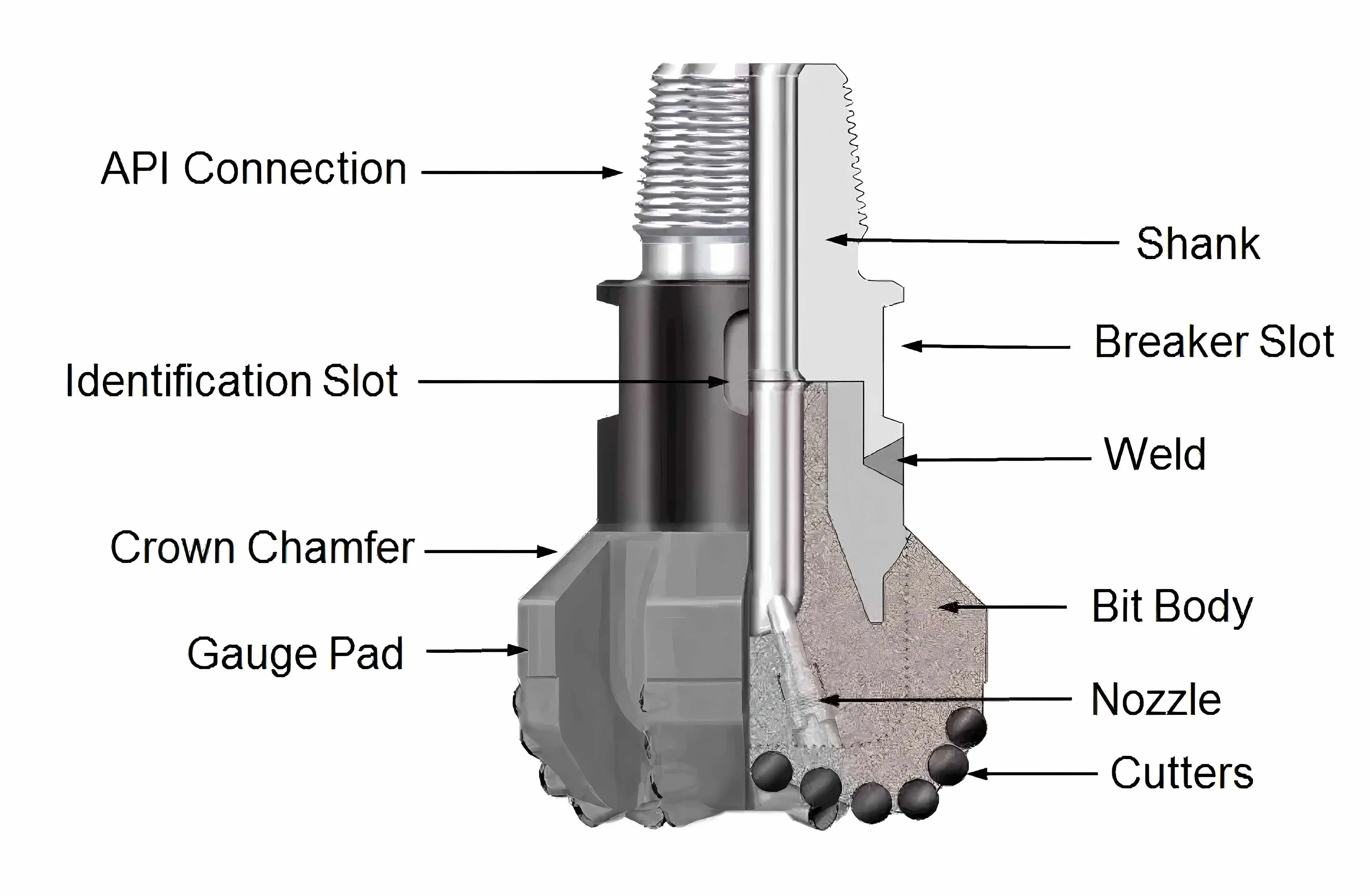
Heat treatment processes for optimal bit performance
It's not just the material that is used at the beginning that changes how well steel scraper drill bits work. Methods for heat treatment are very important for making the metals you choose better and making them work best for drilling. These steps change the steel's make-up, making it stronger, harder, and less likely to break.
Quenching and Tempering
This two-step process is very important for making sure that the drill bit parts have the right mechanical qualities. When steel is quenched, it is quickly cooled to make a hard, martensitic structure. The next step is tempering, which makes the metal less brittle while keeping its power.
Carburizing
Parts with a hard top and a tough middle are made by carburizing them. A lot of heat is used in this process to spread carbon across the surface of the steel. This makes the outside layer of steel stronger while leaving the inside layer flexible.
Nitriding
People use nitriding to make the steel's surface harder and more resistant to wear without changing the steel's core traits. This method works especially well for drill bit parts that have a lot of wear and friction.
To get the right mix of properties in steel scraper drill bits, it's important to carefully control these heat treatment processes. As an example, the cutting parts may need to be very hard to stay sharp, while the bit's body may need to be somewhat flexible to handle shock and vibration during drilling. Manufacturers can change the properties of different parts within the same drill bit using advanced heat treatment methods. This makes the bit work better and last longer overall.
Comparing material grades: Which suits your drilling needs?
Choosing the right material type for steel scraper drill bits is a very important choice that can have a big effect on how well they work and how much they cost. For the best performance, different drilling uses and formations need different material properties. Here is a list of different kinds of material and how well they work in different drilling situations:
AISI 4340 vs. AISI 8620
AISI 4340 offers higher strength and toughness, making it suitable for high-stress applications and harder formations. AISI 8620, with its lower carbon content, provides better machinability and is often used in less demanding drilling conditions or for larger diameter bits where weight reduction is beneficial.
D2 Tool Steel vs. M2 High-Speed Steel
D2 tool steel excels in wear resistance and is ideal for abrasive formations. M2 high-speed steel, while slightly less wear-resistant, offers better toughness and is suitable for applications involving high cutting speeds and temperatures.
Tungsten Carbide vs. Diamond-Enhanced Inserts
Tungsten carbide inserts are very resistant to wear and can be used in a lot of different forms without breaking the bank. Even though they are more pricey, diamond-enhanced inserts are harder and can't be beat when drilling through very rough or hard rock.
When choosing the appropriate material grade for your steel scraper drill bit, consider factors such as:
- Formation hardness and abrasiveness
- Expected drilling depth and conditions
- Desired rate of penetration
- Budget constraints
- Environmental factors (e.g., temperature, presence of corrosive elements)
Operators who do drilling can choose the best bits for speed and cost-effectiveness by carefully considering these factors and matching them with the properties of different grades of material. Many current steel scraper drill bits are made from more than one type of material. This lets them use the best features of each to make a more useful and long-lasting tool.
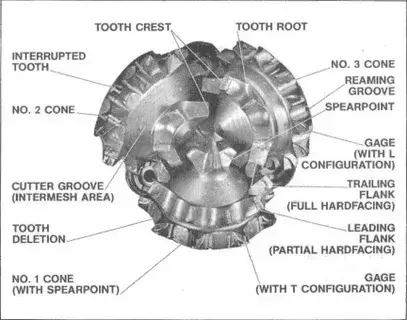
Conclusion
The types of materials used to make steel scraper drill bits are very important for determining how well they work, how long they last, and what cutting jobs they can be used for. Everything about choosing the right materials and processing them affects how well the finished product works, from the high-strength alloys that make up the bit's core to the special heat treatments that make certain properties better.
Choosing the right steel scraper drill bit can make a big difference in how well and how cheaply drilling jobs are done in the oil and gas, coal mining, and water well businesses. Shaanxi Hainaisen Petroleum Technology Co., Ltd. knows that drilling activities have a lot of different needs, so they offer a wide range of high-quality drill bits that are made to fit those needs.
Our team of experts can help you choose the best drill bit for your project, no matter what kind of rock you're working with (hard rock, sandstone, or different levels). Our state-of-the-art 3,500m² building has cutting-edge processing technology and a dedicated research and development team. We're committed to coming up with new ways to meet and exceed your drilling needs.
Don't let suboptimal drill bit selection hinder your project's success. Contact Shaanxi Hainaisen Petroleum Technology Co., Ltd. today at hainaisen@hnsdrillbit.com to discuss your specific drilling needs and discover how our expertly crafted steel scraper drill bits can enhance your operations.
References
1. Johnson, A. R. (2019). Advanced Materials in Drill Bit Technology. Journal of Petroleum Engineering, 45(3), 178-192.
2. Smith, L. K., & Brown, T. E. (2020). Heat Treatment Processes for Optimizing Drill Bit Performance. International Journal of Materials Science and Engineering, 12(2), 89-104.
3. Thompson, R. D. (2018). Comparative Analysis of Material Grades in Modern Drill Bit Design. Mining Technology Review, 33(4), 215-230.
4. Wilson, M. J. (2021). Innovations in Steel Alloys for Oil and Gas Drilling Applications. Materials Today: Proceedings, 15, 456-468.
5. Chen, X., & Davis, P. L. (2017). Surface Engineering Techniques for Enhanced Drill Bit Longevity. Wear, 382-383, 42-55.
6. Anderson, K. S. (2022). Material Selection Criteria for High-Performance Drill Bits in Challenging Formations. SPE Drilling & Completion, 37(1), 68-82.



